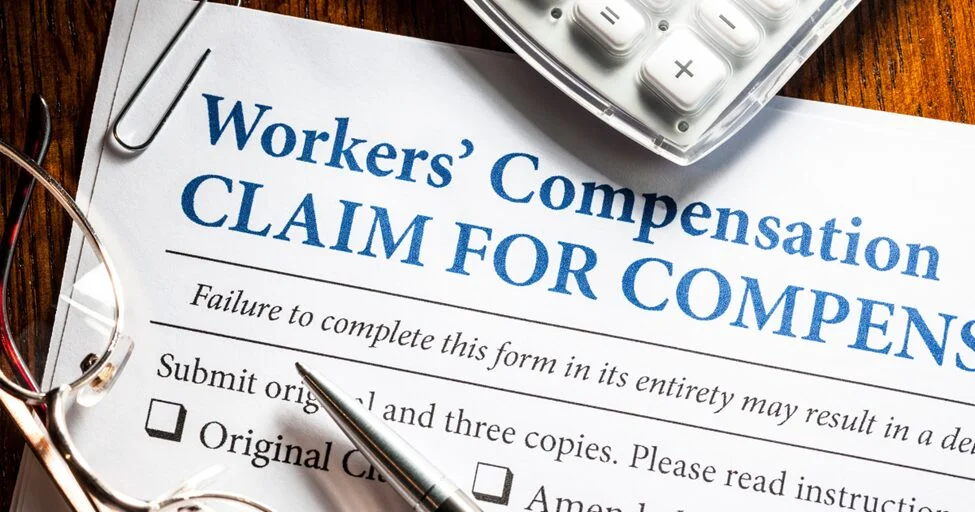Confused about TPD claims and workers’ compensation? Learn the critical differences and how lawyers can guide you.
Let me paint a picture for you. You’re at work, doing your thing, and BAM—you slip on something completely unexpected, like spilled coffee (how ironic for a breakroom). Or maybe your back finally gives up after years of heavy lifting, reminding you it’s not indestructible.
Now you’re sitting there, not just in pain but also wondering, “What now?” Is it workers’ compensation? Is it a TPD claim? Or both?
Before you spiral into a Google rabbit hole (we’ve all been there), let’s break this down into simple terms so you know what’s what—and most importantly, what’s best for you.
What Are TPD Claims and Workers’ Compensation?
Let’s start with TPD claims. Total and Permanent Disability (TPD) is a big, serious-sounding term, but in essence, it’s about ensuring you’re covered when life throws a curveball so massive, you can’t work anymore—not even in your usual job. The kicker? TPD is tied to your superannuation fund, so you’re essentially cashing in on the safety net you’ve been building all these years.
On the other hand, workers’ compensation is like the workplace superhero for injuries that happen on the job. It’s designed to cover medical bills, rehabilitation, and even your lost wages while you’re out of commission. The goal here is to help you heal and (hopefully) return to work.
In short: TPD claims = permanent no-work status. Workers’ comp = temporary help while you recover. Got it? Great.

Why Is This Difference Important?
Here’s the deal: if you try to claim workers’ compensation when you’re better suited for a TPD claim—or vice versa—you could miss out on crucial financial support. And let’s be honest, nobody needs more stress when they’re already navigating an injury or illness.
Imagine you’ve been diagnosed with a degenerative condition that didn’t come from work. Workers’ comp? Not your best bet.
TPD, however, could be your golden ticket.
Conversely, if you’re injured on the job—say, twisting your knee during a warehouse shift—then workers’ compensation is your go-to.
This is why knowing your options (and when to use them) is so important.
Workers’ Compensation: A Deeper Dive

Workers’ compensation is pretty straightforward, but don’t let that fool you into thinking it’s a cakewalk.
First, you need to prove your injury or illness happened at work. Think paperwork, doctor visits, and possibly even explaining the situation to your employer (awkward, but necessary).
Here’s what workers’ comp covers:
- Weekly payments while you’re unable to work.
- Medical bills for treatments or rehabilitation.
- Lump-sum payments if your injury leads to permanent impairment.
Sounds good, right? It is—if your situation checks all the boxes. But if your injury isn’t work-related, workers’ comp won’t apply. And that’s where TPD claims come into play.
TPD Claims: Your Lifeline for the Long Haul

Now, let’s talk about TPD claims. If your condition is so severe that you can’t return to work—whether it’s caused by illness, injury, or a combination of both—TPD could provide you with a much-needed lump sum.
This isn’t a “week-by-week” payout like workers’ comp; it’s a one-time deal meant to help you plan for the long term.
The process for a TPD claims application Brisbane (or anywhere else, really) can feel overwhelming, especially when you’re already dealing with all the emotional and physical toll of your condition. It’s not just about filling out a form; you’ll need to provide medical evidence, reports, and proof that you’re unable to work in your usual role.
The big win here? TPD doesn’t care whether your condition happened on the job or off. If you’re permanently unable to work, you’re eligible to apply.
Can You Claim Both?
Short answer: Yes, but it depends.
Here’s the longer version: You can start with workers’ compensation if your injury happened at work.
Over time, if it becomes clear that your condition won’t improve, you might transition into a TPD claim. These two aren’t mutually exclusive, but you’ll need to be strategic about timing and documentation.
Let’s say you’re injured on the job and receiving workers’ comp benefits. If your doctor later determines that you’ll never return to work, you can apply for a TPD claim through your super fund. That lump sum could make all the difference in managing ongoing expenses, especially when workers’ comp benefits eventually run out.
Five Key Differences You Need to Know
For those of you who love lists (you know who you are), here’s a quick comparison:
- Eligibility:
- Workers’ comp: Injury must occur at work.
- TPD claims: Illness/injury doesn’t need to be work-related but must prevent you from working.
- Payment Type:
- Workers’ comp: Weekly payments + medical expenses.
- TPD claims: Lump sum payout.
- Duration:
- Workers’ comp: Temporary, typically until recovery or settlement.
- TPD claims: Permanent, as it assumes you won’t return to work.
- Proof Required:
- Workers’ comp: Evidence of a workplace injury.
- TPD claims: Medical proof you can’t return to work, regardless of the cause.
- Flexibility:
- Workers’ comp: Limited to workplace incidents.
- TPD claims: Covers a broader range of circumstances.
Why Getting Help Matters
If your head’s spinning from all the legal jargon, you’re not alone.
Navigating the TPD claims application process can feel like running a marathon in flip-flops—doable, but unnecessarily difficult.
That’s why having an expert by your side can make a world of difference. They’ll guide you through the paperwork, explain the finer details, and help you pick the best option based on your situation.
Because let’s face it, life’s too short to waste time wrestling with forms you barely understand.
I had a friend who injured her wrist while working in a café. She thought workers’ comp was her only option and didn’t even consider a TPD claim when her condition worsened. Long story short, she eventually found out she qualified for a TPD payout—after months of financial stress.
Her takeaway? Don’t assume. Ask questions, seek advice, and don’t be afraid to explore all your options.
Final Thoughts
Whether you’re navigating the workers’ comp maze or diving into the TPD claims application process, knowledge is power. Take the time to understand your rights, gather the right documents, and seek expert advice when you need it.
And hey, if you’re feeling stuck, remember: you don’t have to do this alone. There are people ready to help you pick the best option for your situation.
Because at the end of the day, the goal is simple: get the support you need. This way you can focus on healing and planning your next steps.



